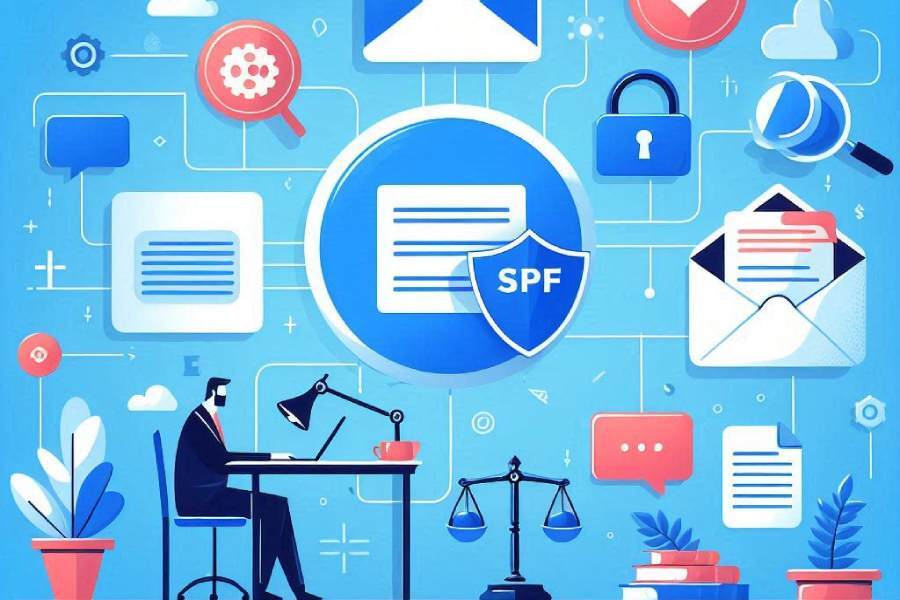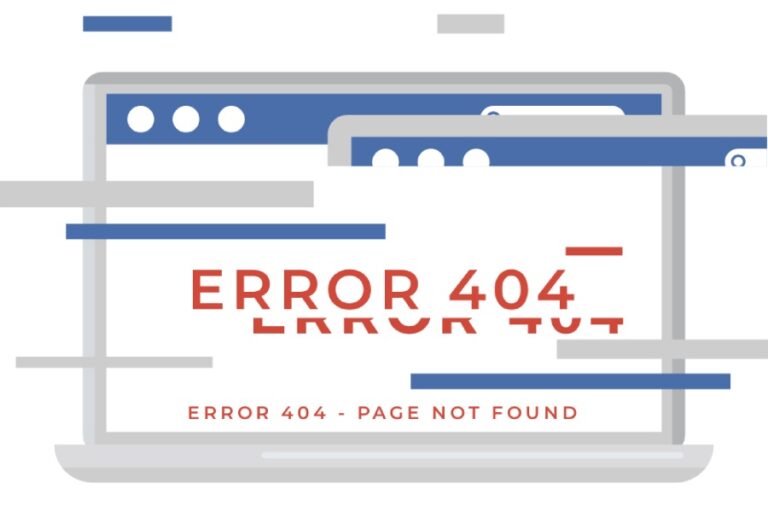In the legal circles, even a single mark on your reputation can cause significant damage to your practice and your firm’s identity. The worst part is, this reputational damage can come from somewhere you least expect and have no role to play in— email spoofing.
Email spoofing is a very common tactic that cybercriminals use to deceive your clients by impersonating your domain and tricking them into believing that the email is from you.
For a law firm, this could be a serious threat, as most of the communication with your clients is very confidential and sensitive. Whether it is case updates, some evidence, or even important financial documents, everything is exchanged over email, and there is this implicit expectation of maintaining the client’s privacy. But when attackers send emails that look like they’re coming from you, that expectation of privacy and trust is instantly broken.
So, if you’re in the legal business, it is clearly very important that you take email security seriously. In this article, we look at how you can do this with SPF, or Sender Policy Framework.
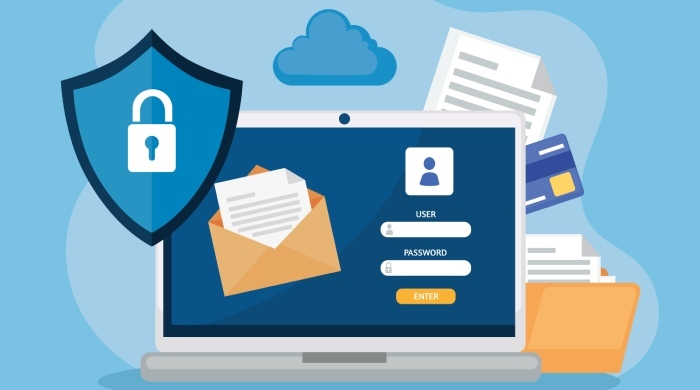
How does SPF work as the first line of defence?
As we have already established, legal firms are one of the prime targets for cyberattackers, so they need a framework that protects them from grave cyberattacks like phishing and spoofing. This is where SPF steps in. This authentication protocol lays the groundwork for email security by defining which mail servers are permitted to send emails on behalf of your firm’s domain.
When you implement SPF, you basically add an SPF record to your DNS. This record is then referred to by the receiving server when your email reaches the receiver’s system. If the email comes from one of the servers listed in your SPF record, it passes the check and is delivered. If it comes from a server not listed, the receiving system can reject it or flag it as suspicious.
This check is especially important for legal firms because it ensures that only emails sent through approved systems are recognized as legitimate. So, when an attacker tries to send a fraudulent email that looks like it came from your firm, the recipient’s mail server will see that the sending server is not authorized and will block or mark the email as untrustworthy.
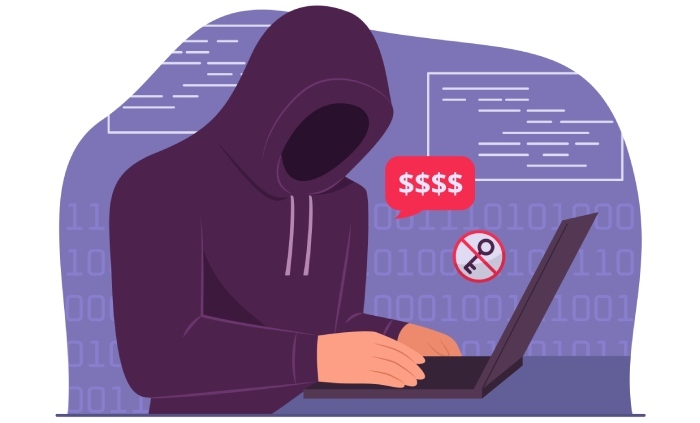
What happens if you don’t implement SPF?
In simple words, your domain will become susceptible to misuse by cybercriminals. This is exactly what these threat actors want: for you to leave your domain unprotected so they can exploit it without resistance.
Here’s how your domain can be exploited without SPF in place:
Fake updates about the case
Without SPF, cyberattackers can easily send spoofed emails to clients with false information about their ongoing cases. These emails can even contain malicious content such as infected attachments or links to phishing websites. The risk increases even more when your clients perceive these emails as legitimate and end up disclosing sensitive information about the case to the attacker. This not only compromises client data but also damages the trust they place in your firm.

Fraudulent payment requests
This is a prevalent tactic that attackers pull off to deceive your clients and taint your firm’s reputation. They send out spoofed emails that often ask your clients to transfer money to you, as part of a settlement, retainer, or invoice. Thinking that these payment requests are coming from you, your clients might cave in without hesitation and send funds directly to the attacker’s account. This not only causes direct financial loss for your clients but also delivers a serious blow to your firm’s credibility.
Unauthorized evidence requests
Attackers realise that the strength of any case is contingent on the quality and confidentiality of the evidence. And if this evidence is somehow leaked or falls into the wrong hands, it can completely wreck your case. By sending fraudulent emails from your firm, attackers can trick clients into sharing sensitive documents. Once attackers gain access to such critical information, they can further misuse it, manipulate it, or even sell it.
Impersonating a court or regulator
If you don’t protect your email-sending domain with SPF, attackers can also impersonate trusted institutions such as courts, bar councils, or regulators. By doing this, they can send fake notices, demand urgent action, or even ask to submit confidential documents. Since these appear to be official communications, your clients might not even think twice before engaging with them, and might fall prey to such fraudulent requests. This puts your clients at direct risk and also reflects poorly on your firm.
Send documents with malware
Again, if you don’t implement email authentication protocols like SPF, attackers can send emails that look like they’re from your firm with harmful attachments. These files may appear to be contracts, invoices, or case documents, but can actually carry malware. If your clients open them, thinking these are from you, their systems can get infected, sensitive information can be stolen, or their devices can be locked until a ransom is paid.

How can you protect your firm with SPF?
Keeping your domain safe and ensuring that your clients continue to trust it is not that complicated. It starts with setting up an SPF record in your DNS. Once you have the SPF record with all the servers and services that are authorized to send emails on behalf of your firm in place, every outgoing email can be verified by the recipient’s server. If the email comes from your approved list, it will be delivered. If not, it will be rejected, flagged, or sent to spam.
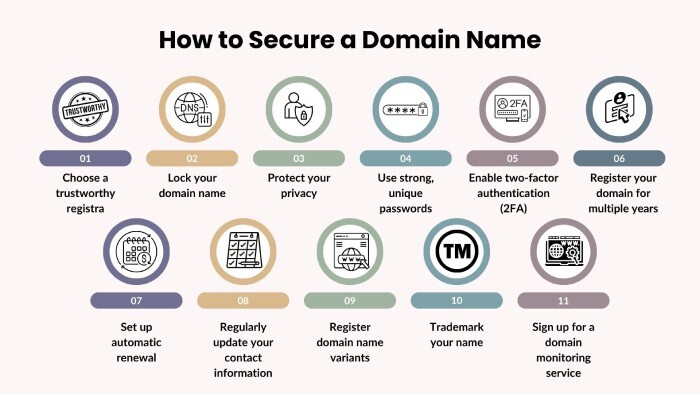
Remember, implementing SPF is not so hard, but you should seek professional help to configure it correctly and keep your records up to date. So, if you’re part of a legal firm, it’s important that you take the first step already. The sooner you secure your domain with SPF, the sooner you protect your clients, your reputation, and the credibility of your practice.
To get started with your SPF journey, contact us today!
